Lemur Armature 9.06″ H
$39.90
![]() Free shipping within 3 days
Free shipping within 3 days
![]() Easy returns within 30 days
Easy returns within 30 days
![]() Shopping information security
Shopping information security

4620, LEMUR, ARMATURE 9” are anatomically scaled to create the best reproduction of the life size stuffed animal and the most realistic stuffed animal in the industry.
The ring-tailed lemur (Lemur catta ) is a large strepsirrhine primate and the most recognized lemur due to its long, black and white ringed tail. It belongs to Lemuridae, one of five lemur families, and is the only member of the Lemur genus. Like all lemurs it is endemic to the island of Madagascar and endangered. Known locally in Malagasy as maky ( (listen), spelled maki in French) or hira, it inhabits gallery forests to spiny scrub in the southern regions of the island. It is omnivorous and the most terrestrial of extant lemurs. The animal is diurnal, being active exclusively in daylight hours.
The ring-tailed lemur is highly social, living in groups of up to 30 individuals. It is also female dominant, a trait common among lemurs. To keep warm and reaffirm social bonds, groups will huddle together. The ring-tailed lemur will also sunbathe, sitting upright facing its underside, with its thinner white fur towards the sun. Like other lemurs, this species relies strongly on its sense of smell and marks its territory with scent glands. The males perform a unique scent marking behavior called spur marking and will participate in stink fights by marking their tail with their scent and wafting it at opponents.
As one of the most vocal primates, the ring-tailed lemur uses numerous vocalizations including group cohesion and alarm calls. Experiments have shown that the ring-tailed lemur, despite the lack of a large brain (relative to simiiform primates), can organize sequences, understand basic arithmetic operations and preferentially select tools based on functional qualities.
Despite reproducing readily in captivity and being the most populous lemur in zoos worldwide, numbering more than 2,000 individuals, the ring-tailed lemur is listed as endangered by the IUCN Red List due to habitat destruction and hunting for bushmeat and the exotic pet trade. As of early 2017, the population in the wild is believed to have crashed as low as 2,000 individuals due to habitat loss, poaching and hunting, making them far more critically endangered.
- When sunbathing, these animals adopt a yoga-like posture, sitting on their haunches and stretching out their legs to warm up their underside.
- The typical sleeping position of the Ring-tailed lemur is the tail, curled up to cover its back and the nose, stuck between hind legs.
- When defending their mating right, males of this species engage in ‘stink fights’, during which they smear scent on their tails to waft it at the rival.
- The most conspicuous feature of the Ring-tailed lemur is its long, heavily furred tail that is covered with 26 black and white, alternating rings, the first one of which is always white and the last one is black.
- The newborn babies of this species exhibit blue eyes, eventually changing in color as the infants grow up.
- Ring-tailed lemurs have a good grip due to the opposable thumbs, resembling these of humans, as well as leather-like palms on their feet.
- These lemurs are amazingly clean creatures, always grooming themselves after feeding. So-called “dental comb” of these animals is a comb-like row of teeth, helping them groom themselves. They also use the long claws on the second toes of their hind feet as a grooming tool.
- Ring-tailed lemurs are one of the most vocal primates and have a complex array of distinct vocalizations used to maintain group cohesion during foraging and alert group members to the presence of a predator. Calls range from simple to complex. A simple call is the purr, which expresses contentment. A complex call is the sequence of clicks, close-mouth click series, open-mouth click series and yaps used during predator mobbing. The most commonly heard vocalizations of these lemurs are the moan, early-high wail , and clicks.
Product Dimension: 7.87(L) X 5.91(W) X 9.06(H)
HANSA CREATION, INC. Safari is HANSA CREATION’s hand-crafted collection of realistic plush animals. It takes great pride in each enchanting work of soft sculpture art, carefully designed to educate, fascinate, captivate and inspire creative play for collectors of all ages.
Artists create each HANSA animal from portraits of the creature in its natural habitat appropriately called Hansa Creation Portrait’s in Nature. It is HANSA’s uncompromising integrity in design and quality standards that has charmed collectors for generations and continues to mesmerize new collectors of all ages.

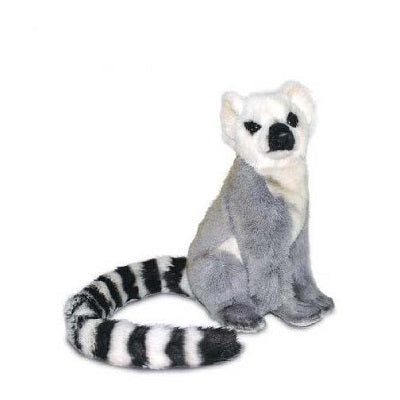
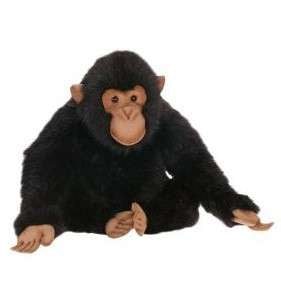
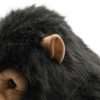
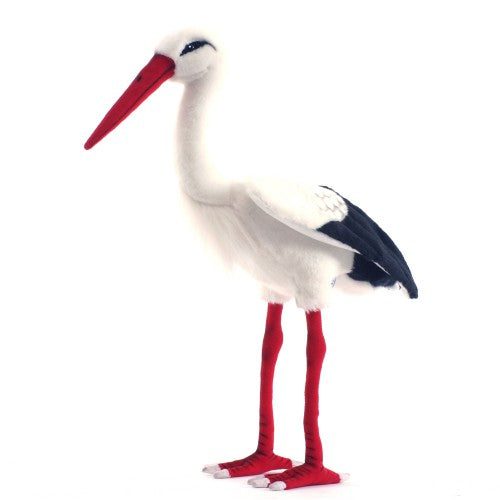




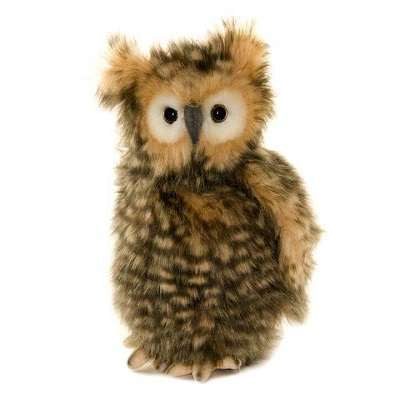

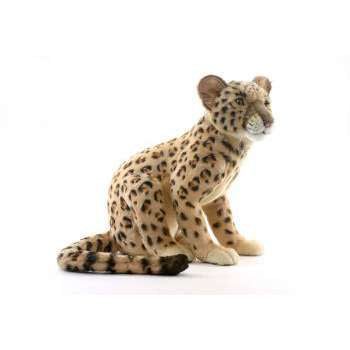
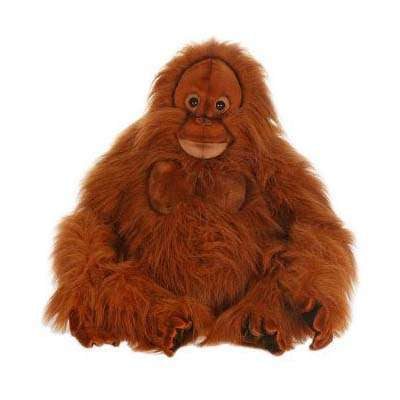

Reviews
There are no reviews yet.